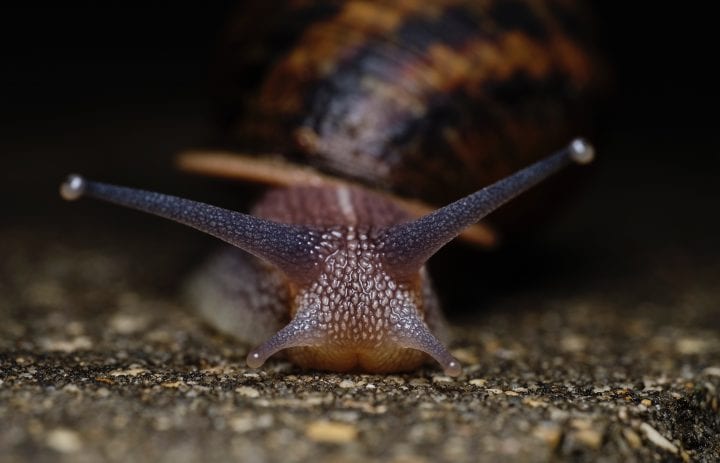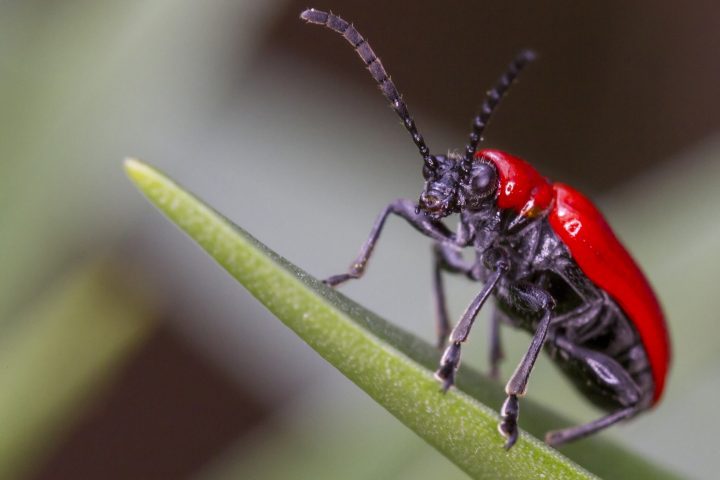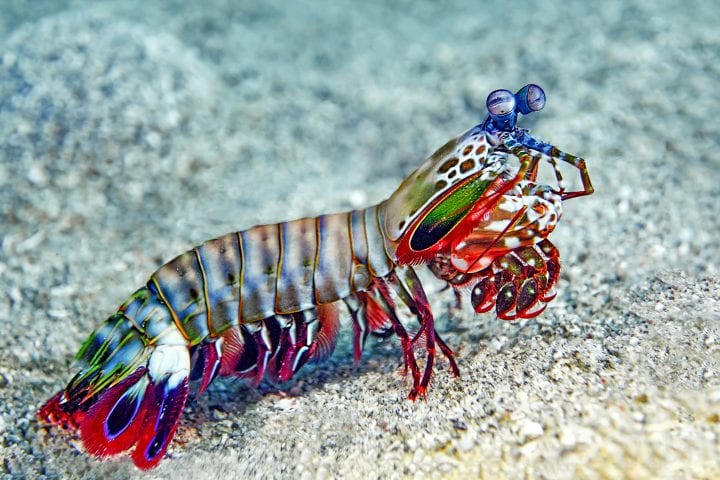Lightbulbs from Penn State have microstructures on the diode surfaces which increases light extraction efficiency.
Benefits
- Efficient
- Reduced energy usage
- Environmentally friendly
Applications
- Electronic displays
- Consumer products
- Electronics
UN Sustainable Development Goals Addressed
-

Goal 7: Affordable & Clean Energy
-

Goal 9: Industry Innovation & Infrastructure
The Challenge
Due to their low energy consumption and longer life span, light-emitting diode (LED) light bulbs have emerged as a low-cost and environmentally friendly alternative to incandescent lightbulbs. As interest in energy efficiency grows, there has been an effort to replace traditional lighting with LED light sources. However, light extraction efficiency measured in LED bulbs is less than 50%, as some photons are absorbed through the bottom side of the LED structure.
Innovation Details
Ultrahigh light extraction efficiency LED lightbulbs contain light-emitting diodes with unique asymmetric, obtuse-angle microstructured surfaces. These surfaces increase the interaction of light and promote greater randomization of reflections, increasing the light extraction efficiency to approximately 90%.
Biomimicry Story
Male fireflies attract mates by emanating bioluminescent light from a lantern in their abdomens. The surface of these lanterns has microstructures arranged in an asymmetrical pattern, which increases light extraction and enhances the glow that the lantern emits.





